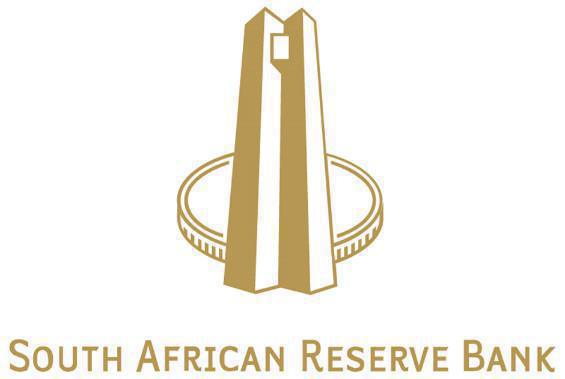In South Africa, idiosyncratic factors continued to weigh on domestic financial sector resilience and overall economic growth prospects. The most notable country-specific vulnerability is the increasingly detrimental and widespread ramifications of an insufficient and unreliable electricity supply, while concerns over the deteriorating South African rail and port infrastructure networks also continue to grow.
The diplomatic fallout resulting from the comments by the US Ambassador to South Africa on 11 May 2023 led to a sharp sell-off in the South African rand and its worst-ever level against the US dollar, trading at R19.51 to the US dollar on 12 May 2023. South Africa’s non-aligned stance in the war between Russia and Ukraine is increasingly being questioned, which may pose a future threat to the participation of South African financial institutions in the global financial system and increases the likelihood of secondary sanctions being imposed on South Africa.
The Financial Action Task Force (FATF) greylisting has materialised, with a relatively muted immediate reaction as expectations had largely been priced into financial markets. However, the longer-term impact remains a vulnerability and will depend on the speed and effectiveness with which South Africa can address the findings that led to the greylisting.
South Africa has one of the highest ratios of state-owned enterprise (SOE) debt among emerging markets. While Eskom remains the largest contributor to SOE debt, the debt burden of several other SOEs continues to weigh on the fiscus. Growing incidences of government taking over SOE debt increase the state’s debt burden, in turn further increasing the domestic financial sector’s exposure to government debt as the bulk of new issuances of government debt is being taken up by domestic investors.
As evidenced by the failure of Silicon Valley Bank (SVB) and the ensuing turmoil faced by US regional banks, a high level of exposure to government debt by financial institutions represents a potential vulnerability. Although there are various channels through which high exposure to government debt can lead to financial instability, SVB’s failure illustrates that if financial institutions are forced to sell material amounts of government bonds to raise liquidity, the realisation of valuation losses could cause an institution to fail.
Domestically, despite an increasingly adverse operating environment, the prudentially regulated financial sector remained resilient as measured by institutions’ aggregate ability to maintain adequate capital and liquidity buffers to absorb the impact of shocks. The South African financial system continued to function without interruption despite the global banking sector turmoil. However, even slower and more inequitable domestic economic growth will likely test this resilience.
© 2020 Nexia SAB&T. ALL Rights Reserved. Nexia SAB&T is a member of Nexia International, a leading, global network of independent accounting and consulting firms that are members of Nexia International Limited. Nexia International Limited, a company registered in the Isle of Man, does not provide services to clients. Please see the “Member firm disclaimer” for further details.

